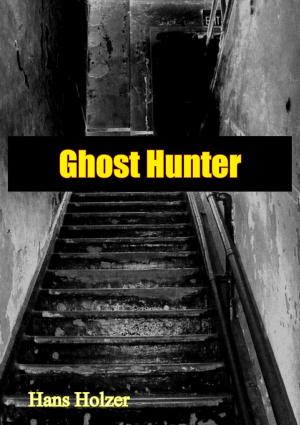A Lady’s Escape From Gwalior [Illustrated Edition]
Nonfiction, History, Asian, India, Military, Other, British| Author: | Ruth Coopland | ISBN: | 9781782892274 |
| Publisher: | Normanby Press | Publication: | June 13, 2014 |
| Imprint: | Normanby Press | Language: | English |
| Author: | Ruth Coopland |
| ISBN: | 9781782892274 |
| Publisher: | Normanby Press |
| Publication: | June 13, 2014 |
| Imprint: | Normanby Press |
| Language: | English |
[Illustrated with over one hundred maps, photos and portraits, of the battles of the Indian Mutiny]
By 1857, British power in India had been largely undisputed for almost fifty years, however, the armies of the East India Company were largely recruited from the native people of India. But in 1858 the Sepoy soldiers turned against their erstwhile British employers.
The events that led up to the Revolt were many and varied, including British highhandedness, ignorance of local customs and religious values, and incendiary propaganda. It is generally argued that the spark that lit the flame was the rumour that the newly issued rifle cartridges would be greased either with tallow, derived from beef and thereby offensive to Hindus, or lard, derived from pork and thereby offensive to Muslims. The enraged soldiers mutinied across a number of Indian States, taking Delhi, besieging Lucknow, and revolting in Oudh.
In the middle of these tumultuous events was Ruth Coopland, wife of Rev. Coopland who had been sent to the important city of Agra some in Gwalior. Her world shattered as the news of the uprising of the Sepoys spread. Her own household servants became sullen, aggressive and possibly murderous; she recounts how the atmosphere began to heat up as rumours of slaughters abounded. Finally the clouds broke; the rebellion finally reached Gwalior and anyone British was a target for cold-blooded murder, her husband was killed in the initial stages of the fighting and as rioting carried on she made good here escape in the company of other women. Her travails only increased as she attempted to escape to the fort at Agra which she describes in all of its perilous details along with the grim struggle to stay alive in the fort. Having survived all of the brutalities of India she returned to England where she was determined that her story, as an exemplar of the larger suffering, should be made know to the public.
[Illustrated with over one hundred maps, photos and portraits, of the battles of the Indian Mutiny]
By 1857, British power in India had been largely undisputed for almost fifty years, however, the armies of the East India Company were largely recruited from the native people of India. But in 1858 the Sepoy soldiers turned against their erstwhile British employers.
The events that led up to the Revolt were many and varied, including British highhandedness, ignorance of local customs and religious values, and incendiary propaganda. It is generally argued that the spark that lit the flame was the rumour that the newly issued rifle cartridges would be greased either with tallow, derived from beef and thereby offensive to Hindus, or lard, derived from pork and thereby offensive to Muslims. The enraged soldiers mutinied across a number of Indian States, taking Delhi, besieging Lucknow, and revolting in Oudh.
In the middle of these tumultuous events was Ruth Coopland, wife of Rev. Coopland who had been sent to the important city of Agra some in Gwalior. Her world shattered as the news of the uprising of the Sepoys spread. Her own household servants became sullen, aggressive and possibly murderous; she recounts how the atmosphere began to heat up as rumours of slaughters abounded. Finally the clouds broke; the rebellion finally reached Gwalior and anyone British was a target for cold-blooded murder, her husband was killed in the initial stages of the fighting and as rioting carried on she made good here escape in the company of other women. Her travails only increased as she attempted to escape to the fort at Agra which she describes in all of its perilous details along with the grim struggle to stay alive in the fort. Having survived all of the brutalities of India she returned to England where she was determined that her story, as an exemplar of the larger suffering, should be made know to the public.
![Cover of the book A Lady’s Escape From Gwalior [Illustrated Edition] by Ruth Coopland, Normanby Press](https://www.kuoky.com/images/2014/june/500x500/9781782892274-491G_500x.jpg)


![Cover of the book A Narrative of The Siege Of Delhi with an Account of The Mutiny at Ferozepore in 1857 [Illustrated Edition] by Ruth Coopland](https://www.kuoky.com/images/2016/july/300x300/9781786259622-jIa9_300x.jpg)




![Cover of the book Hodson Of Hodson’s Horse Or Twelve Years Of A Soldier’s Life In India [Illustrated Edition] by Ruth Coopland](https://www.kuoky.com/images/2014/august/300x300/9781782894711-F2Yb_300x.jpg)



![Cover of the book STORY OF THE CAMPAIGN OF SEBASTOPOL: Written In The Camp [Illustrated Edition] by Ruth Coopland](https://www.kuoky.com/images/2014/august/300x300/9781782895527-L2rU_300x.jpg)


